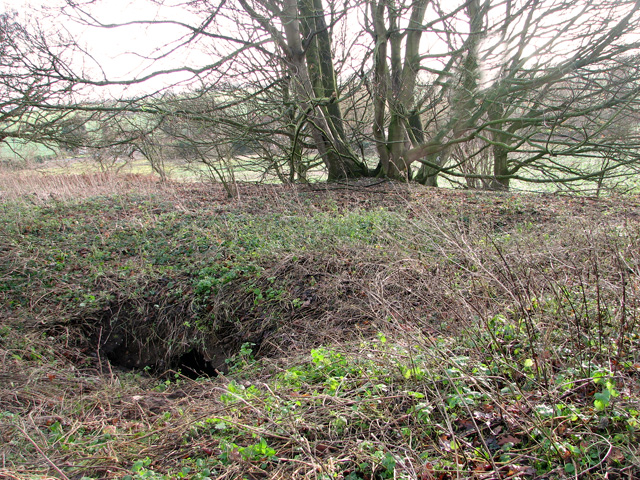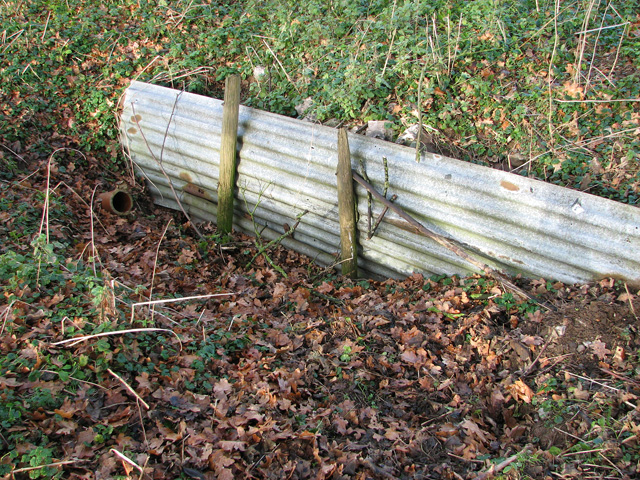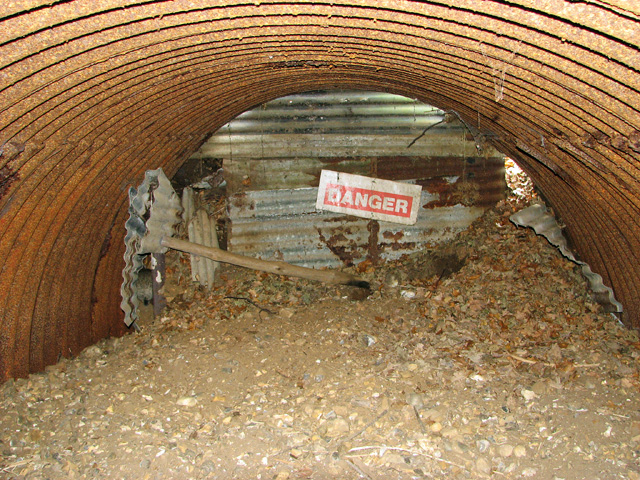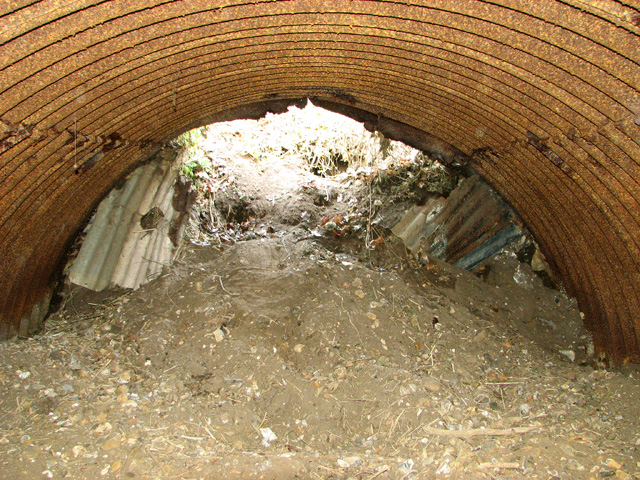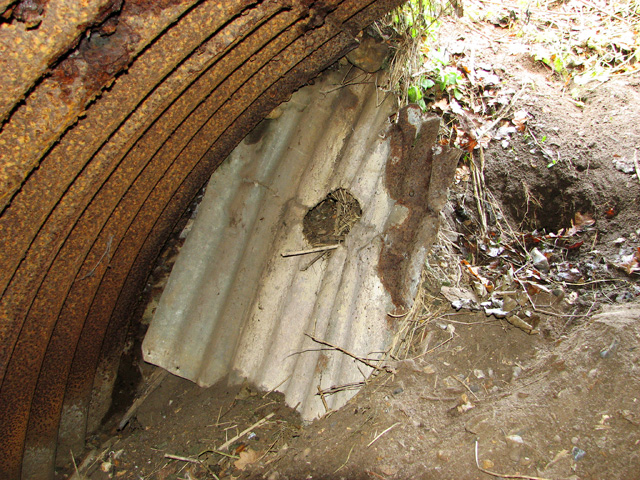The market town of Fakenham is approximately 19 miles east of King's Lynn.
| Name | Occupation | Posted from | Until |
|---|---|---|---|
| Sergeant Bertram Warnes | Salesman |
Unknown | 03 Dec 1944 |
| Lieutenant Robert Frederick St Barbe Wayne | Managing director iron & brass foundry |
Unknown | Unknown |
| Corporal Charles John Williams | Butchers assistant |
Unknown | 03 Dec 1944 |
| Private George Brown | Cycle repairer & salesman |
Unknown | 03 Dec 1944 |
| Private Ralph Fuller | Farrier & blacksmith |
Unknown | 03 Dec 1944 |
| Private Harry Gates | Lorry driver |
Unknown | 03 Dec 1944 |
| Private Donald Frank Gilder | Grocery & provisions wholesaler |
Unknown | 03 Dec 1944 |
| Private Ernest Charles Huggins | Blacksmith, shoeing and agricultural smithing |
Unknown | 03 Dec 1944 |
| Private Frederick John Napp | Motor omnibus driver |
Unknown | 03 Dec 1944 |
The OB is situated on private land. The land is owned by the 8th Marquess Townshend and was accessed by kind permission.
It was built into alluvial gravel and sand deposits on the Fakenham side of the Raynham Estate. In the 1940s the area was covered by woodland.
Many of the trees were blown down in the Great Storm in 1987. It was during tree clearance work that estate workers accidentally drove over the entrance shaft with heavy machinery, resulting in its collapse. A glazed ceramic field pipe emerging into the entrance shaft is still in situ.
The exposed end wall of the main chamber was blocked with corrugated sheeting in order to make it inaccessible. At some later time the exit also collapsed, exposing the upper rim of the structure and creating a small opening in the surrounding soil.
Sections of corrugated sheeting forming the end walls were pushed into the main chamber where they remain to-date. Circular cut-outs in some of the sheets denote where vent pipes would once have been passed through. As far as we were able to ascertain, there was at least one vent pipe at each end.
The main chamber is a standard size (16 x 9 ft) elephant shelter and intact, apart from missing sections of end wall. Over time soil has trickled into the interior, considerably raising the floor level. The layer of topsoil covering the chamber is about 2ft (60 cm) thick.
A lookout post may have been about 50 yards north of the OB site. No traces remain.
Fakenham Patrol
Local military targets would have included RAF West Raynham, RAF Marham, RAF Great Massingham and RAF Great Snoring
Local road and rail connections between Norwich and King's Lynn were also targets.
The Patrol trained locally and at Leicester Square Farm near Syderstone.
Some of the Patrol went to Coleshill House for specialist training courses.
Bob Wayne, son of Second Lieutenant Robert Wayne has kindly provided the following recollections:
The young couple (Bob's Mother and Father) made contingency plans, if the balloon had gone up Father would have departed to the “woods”. They lived in a fairly remote farm house so they made an arrangement that if a vase was in a certain window it meant – it is safe to approach the house, if it was in another window it meant Germans are here, stay away.
Father would talk about certain incidents in training (like the apocryphal story of the inspecting regular officer who was challenged to find the entrance to the dugout, it was in the middle of a patch of stinging nettles and he was from a Scots regiment) He never mentioned names and never disclosed the sites of the hides to us. We had plenty of paraphernalia, pressure switches, time pencils, a bullet mold, single ball 12 bore cartridges, safety fuse lying about when we were young, I still have some of the original manuals.
At some point my Father became an explosives instructor, possibly a peripatetic bomb man. He always liked to tell the story of doing an explosive course on Fakenham Race course. As a grand finale they put a charge in the middle of a pond at the back of the car park. As anticipated a column of black mud went up in the air – laced with hundreds of flying gin bottles!
The other story which I cannot authenticate is that according to family folk lore my Grandfather (Fred W’s father in law) Col Q. E. Gurney (Home Guard) was also involved in the Auxiliary Units. The story goes that as well as being the local HG commander he was also to be used as a liaison officer conveying orders, and possibly ammunition and medical supplies. As such he would not have been attached to or would have trained with any of the cells. This is plausible.
They lived about 8 miles from my parents and I assume my mother would have had a lot of contact with her mother but it was only after the war that they acknowledged that they were both in the Auxiliary Units but the mother and daughter had never mentioned it.
TNA ref WO199/3389
Hancock data held at B.R.A
Evelyn Simak and Adrian Pye
John Sutton (gamekeeper);
Bob Wayne.
